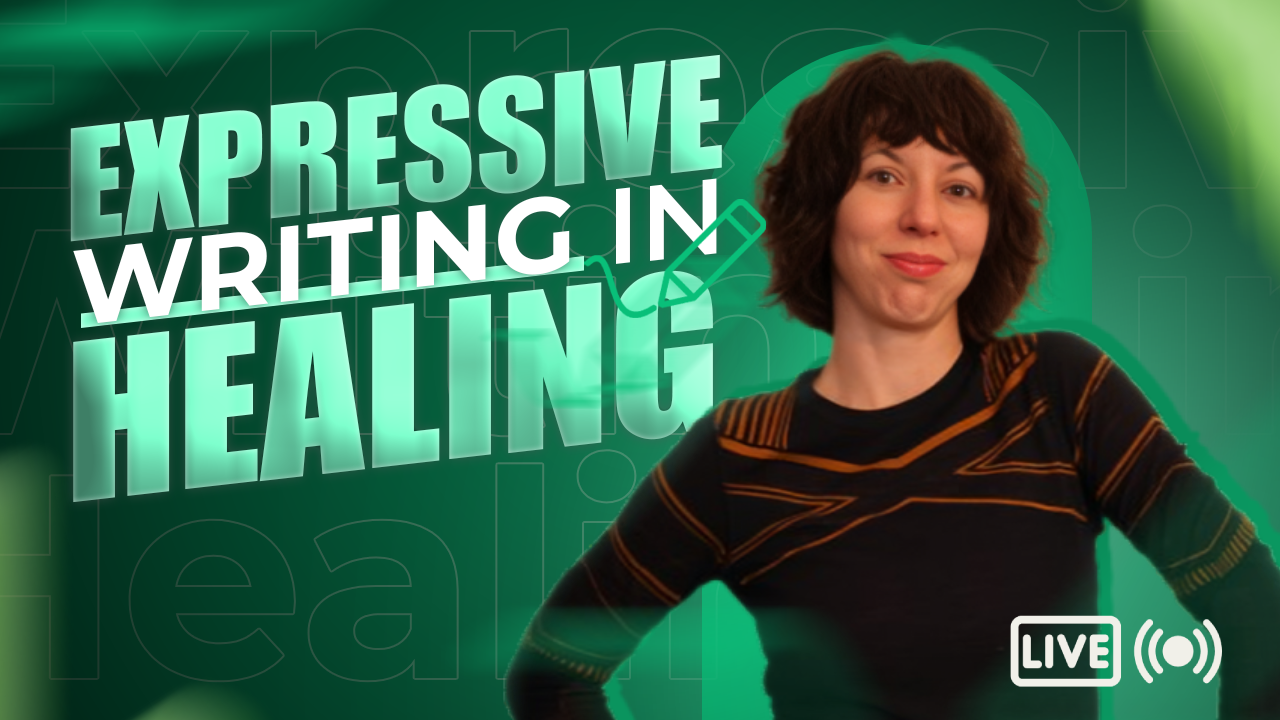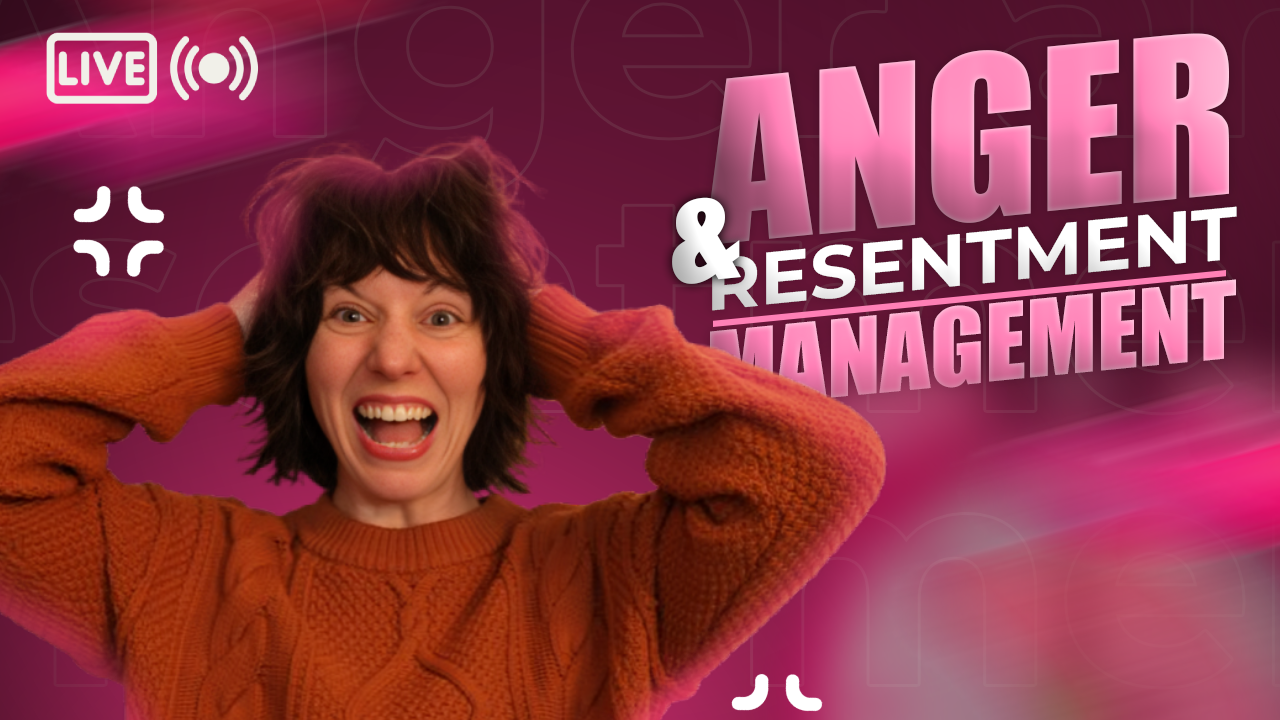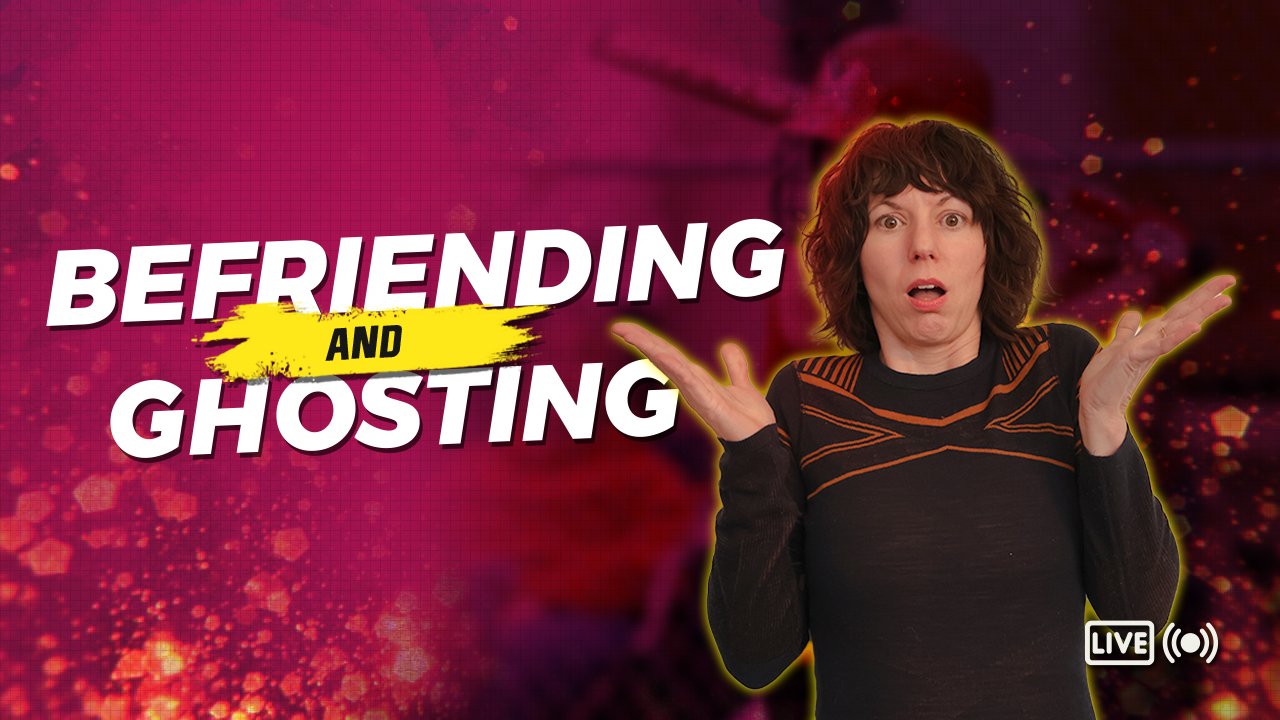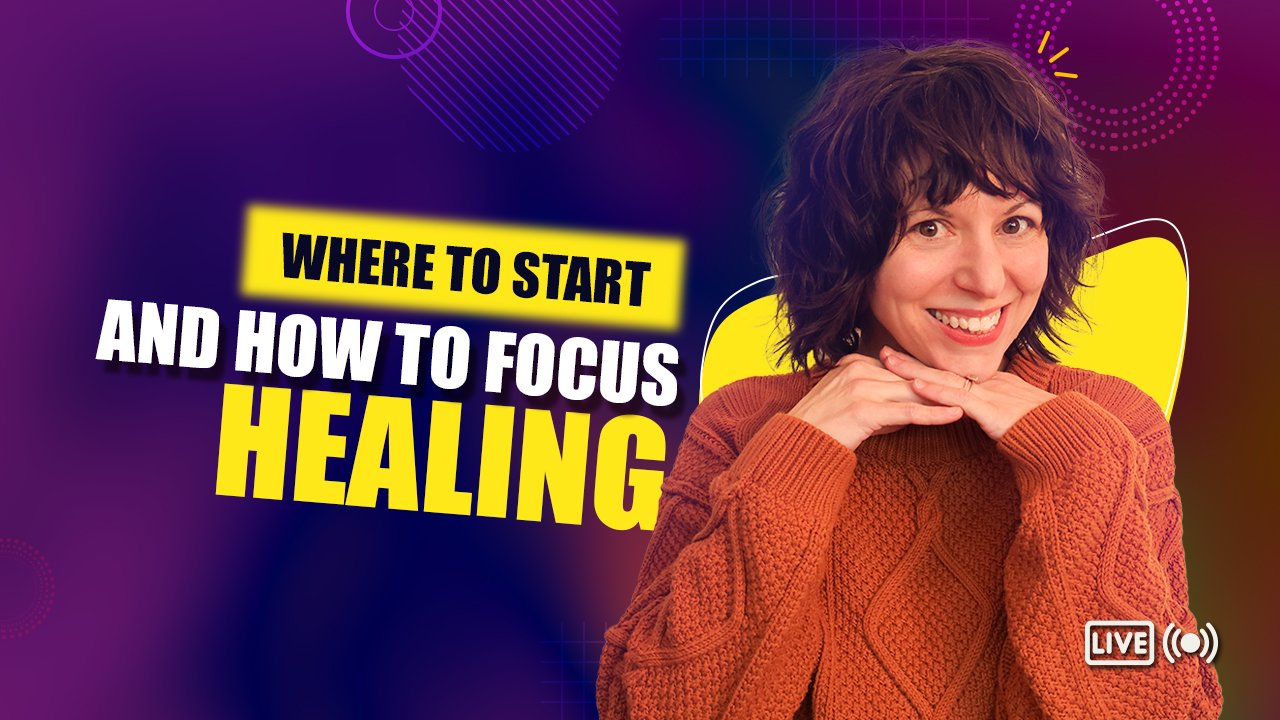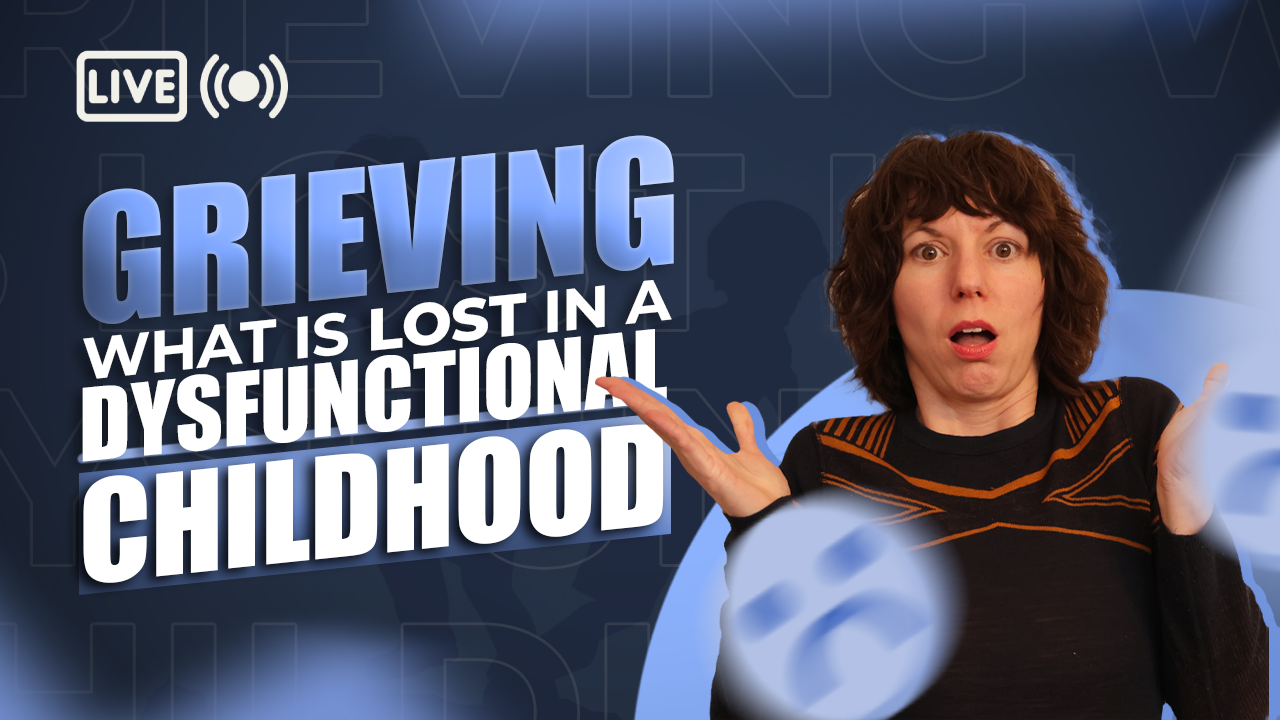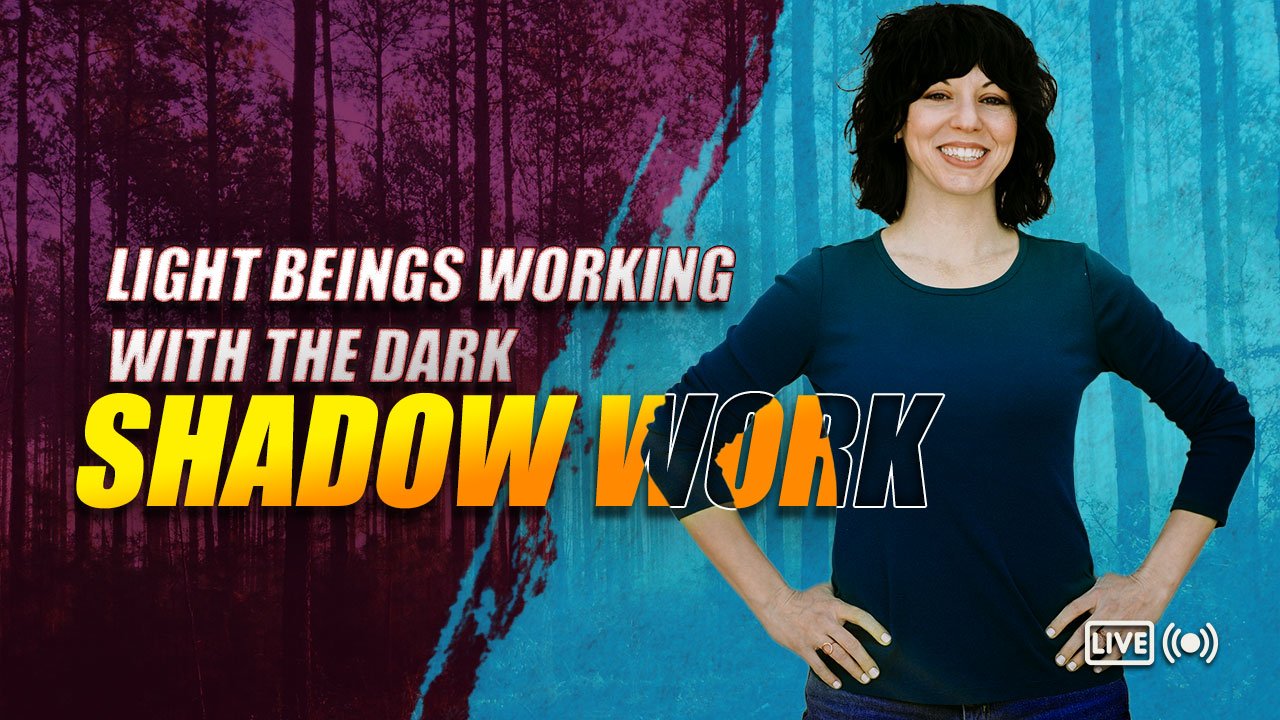Lashing Out: A Therapist Perspective
In therapy, it's not uncommon for clients to lash out or become verbally aggressive towards their therapists. While this behavior can be challenging to deal with, it's essential to understand where it's coming from and how to respond in a healthy, constructive way. In this post, we'll explore the reasons behind lashing out, how to handle it, and why healing the inner child is crucial for mental health.
Emotional outbursts during therapy can be a challenging and difficult experience for both the therapist and the patient. It is a topic that is often not talked about enough in therapy and can shine a light on the humanness of both parties involved. As therapists and coaches, it is important to understand that we are human and have our own experiences and reactions, which can impact the therapeutic process.
When clients lash out, it can be confusing and overwhelming for both parties involved. Highly sensitive people and empaths, in particular, may struggle with the feeling that they are the cause of the outburst or that they are somehow responsible for the other person's reaction. This is where boundaries come in, and it is essential to learn how to navigate these waters, both professionally and in our personal lives.
As therapists, it is essential to be aware of our reactions and triggers and how they can impact our clients. We must also help our clients understand that their reactions are not always about us and that it is important to take responsibility for our own emotions and reactions. The therapist shared how in one of their boundary courses, they used their own experience of being the target of a client's outburst to help others understand how to manage their own triggers and reactions.
It is also important to note that the current political climate has made navigating these waters even more difficult. With the language of "you're not allowed to offend me," it can be challenging to have open and honest conversations and to understand where someone else is coming from. However, it is essential to find that line and understand what part of a situation is ours to take responsibility for.
Why People Lash Out
Many people come to therapy with deep-seated emotional wounds from their past. Trauma, neglect, abuse, and other adverse experiences can leave lasting scars that impact how individuals perceive and interact with the world around them. In some cases, people may unconsciously project their inner pain onto others, including their therapist.
When clients become aggressive at their therapists, it's often a sign of this projection. They may be reliving past traumas or struggling to deal with unresolved emotions. Alternatively, they may feel vulnerable or exposed in therapy, causing them to act defensively to protect themselves.
As a therapist, it's important to recognize that people come with different personalities and patterns of behavior, some of which may attack or push back. In service industries, like hairdressing or therapy, this lesson is often front and center, but it can be challenging for those not in such industries. As a therapist fresh out of grad school, working with people with addictions was a baptism by fire. Some people did not want help and made that clear, which made it difficult to help them. The bureaucracy and rules surrounding therapy can make it even more difficult to navigate these situations.
How to Handle Lashing Out
For therapists, handling client aggression can be difficult. It's essential to remember that this behavior is not a reflection of your abilities as a therapist or a personal attack. Rather, it's a sign that your client is struggling to cope with their emotions.
To handle lashing out in therapy, it's crucial to remain calm, empathetic, and non-judgmental. Avoid responding defensively or aggressively, as this will only escalate the situation. Instead, validate your client's feelings, acknowledge their pain, and work collaboratively to find a way forward.
Here are some ways we can reduce lashing out at others:
Practice self-awareness: Becoming more self-aware of your emotions and triggers can help you identify when you're about to lash out.
Take a pause: When you feel the urge to lash out, take a moment to pause, breathe deeply, and gather your thoughts before responding.
Practice mindfulness: Mindfulness practices such as meditation, yoga, and deep breathing can help you stay centered and calm in the face of challenging situations.
Communicate effectively: Use "I" statements to express your feelings rather than blaming or attacking others. Practice active listening and try to understand the other person's perspective.
By implementing these strategies, you can learn to manage your emotions and respond to challenging situations in a more productive and positive way.
Healing the Inner Child
At the heart of lashing out in therapy is the inner child. This term refers to the vulnerable, emotional part of ourselves that developed during childhood. When we experience trauma or adversity as children, our inner child can become wounded, leading to emotional dysregulation and negative coping mechanisms.
Healing the inner child is a crucial aspect of mental health and wellbeing. It involves recognizing and addressing the emotional wounds that are holding us back, and developing healthier coping mechanisms. For therapists, helping clients heal their inner child is a key part of the healing process.
Understanding that when emotional triggers come out in therapy, it is often a sign of inner child wounds. Knowing this can help both therapists and clients work together to address these issues. By developing a compassionate, non-judgmental approach to therapy, and working collaboratively to heal emotional wounds, therapists can help their clients develop healthier, more fulfilling lives.
Lashing out during therapy can be a difficult obstacle to navigate, but it is crucial to approach it with patience, understanding, and a focus on healing the inner child. Through this approach, therapists can help their clients overcome past emotional wounds and develop healthier coping mechanisms. It is also essential for therapists to be aware of their own triggers and reactions and to navigate these situations with compassion and empathy. With time, effort, and support, anyone can overcome their past and move towards a brighter, more fulfilling future of mental health and wellness.
Episode Tags
- ADD 1
- Abuse 14
- Alcohol 3
- Anger 9
- Bullying 5
- Childhood 37
- Codependency 8
- Covid 4
- Crystal Catalina 4
- Depression 15
- Detachment 2
- Disassociation 4
- Emotions 74
- Existentialism 2
- Faith 1
- Family 25
- Fatigue 4
- Focus 3
- Gratitude 11
- Grief 10
- Guilt 2
- Healers 7
- Healing 51
- High Sensation 4
- Hope 1
- Hypervigilance 7
- Introverts 6
- Lonliness 7
- Love 3
- Manifesting 5
- Manipulation 19
- Men 1
- Mindfulness 38
- Money 10
- Music 3
- Nutrition 2
- Overthinking 8
- PTSD 11
- Parenting 12
- People Pleasing 7
- Perfectionism 6
- Pets 4
- Relationships 13
- Resiliency 12
- Sadness 1
- Self Esteem 16
- Self Love 11
- Self Respect 1
- Self-Care 24
- Sex 1
Upcoming Events
Episode Tags
- ADD 1
- Abuse 14
- Alcohol 3
- Anger 9
- Bullying 5
- Childhood 37
- Codependency 8
- Covid 4
- Crystal Catalina 4
- Depression 15
- Detachment 2
- Disassociation 4
- Emotions 74
- Existentialism 2
- Faith 1
- Family 25
- Fatigue 4
- Focus 3
- Gratitude 11
- Grief 10
- Guilt 2
- Healers 7
- Healing 51
- High Sensation 4
- Hope 1
- Hypervigilance 7
- Introverts 6
- Lonliness 7
- Love 3
- Manifesting 5
- Manipulation 19
- Men 1
- Mindfulness 38
- Money 10
- Music 3
- Nutrition 2
- Overthinking 8
- PTSD 11
- Parenting 12
- People Pleasing 7
- Perfectionism 6
- Pets 4
- Relationships 13
- Resiliency 12
- Sadness 1
- Self Esteem 16
- Self Love 11
- Self Respect 1
- Self-Care 24
- Sex 1













